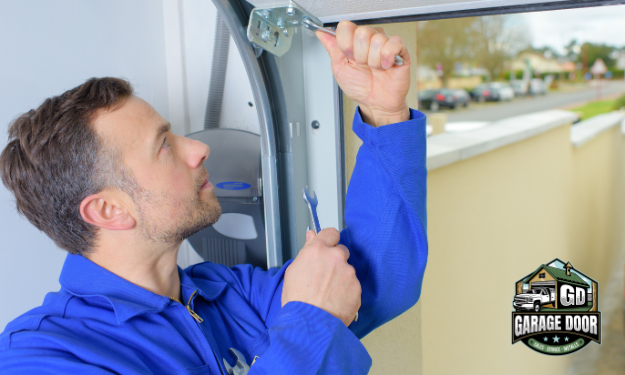Garage Door Replacement Cost
Today’s garage doors allow ample room for personalization to match your home’s architectural aesthetics through design, windows, hardware and color options.
Garage Door Opener Repair - Materials Used: Steel, aluminum, wood, fiberglass, vinyl, glass panels.
- Materials Used: Steel, aluminum, wood, fiberglass, vinyl, glass panels.
- Regulatory Compliance: Adherence to local building codes, UL 325 compliance (safety standards for door openers).
- Training and Expertise: Certification and training of technicians, expertise in various door types and technologies.



